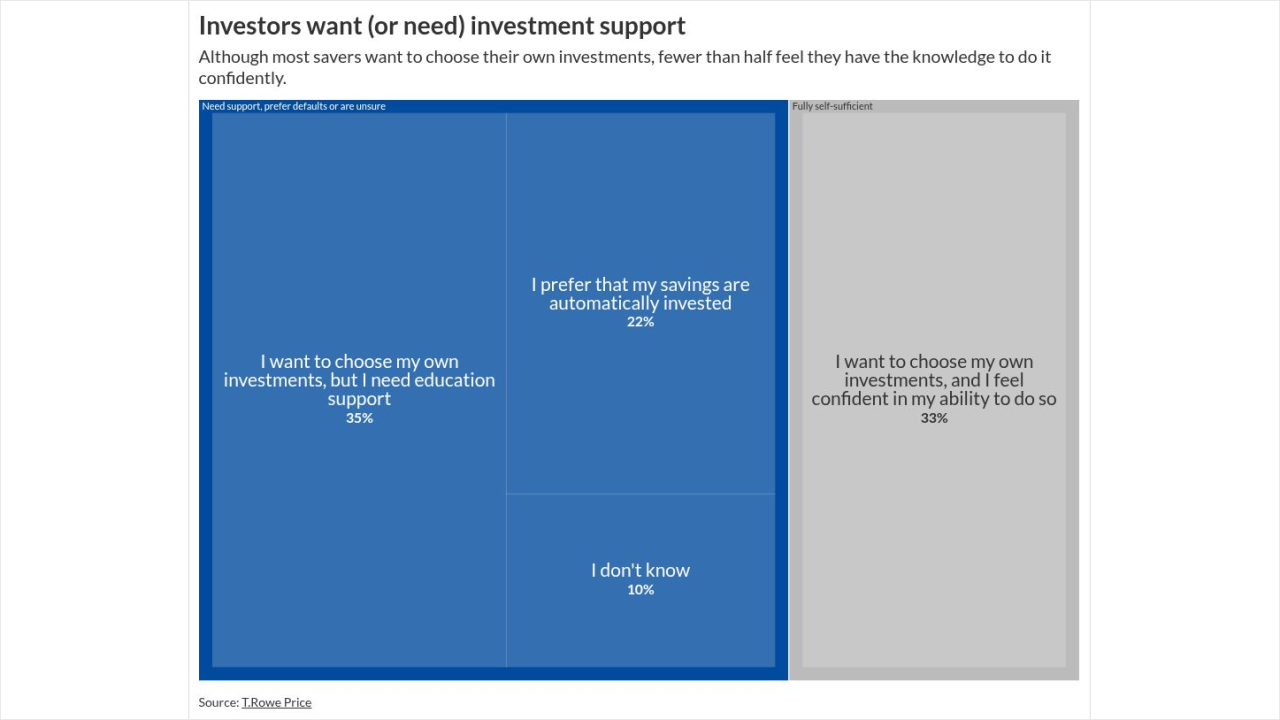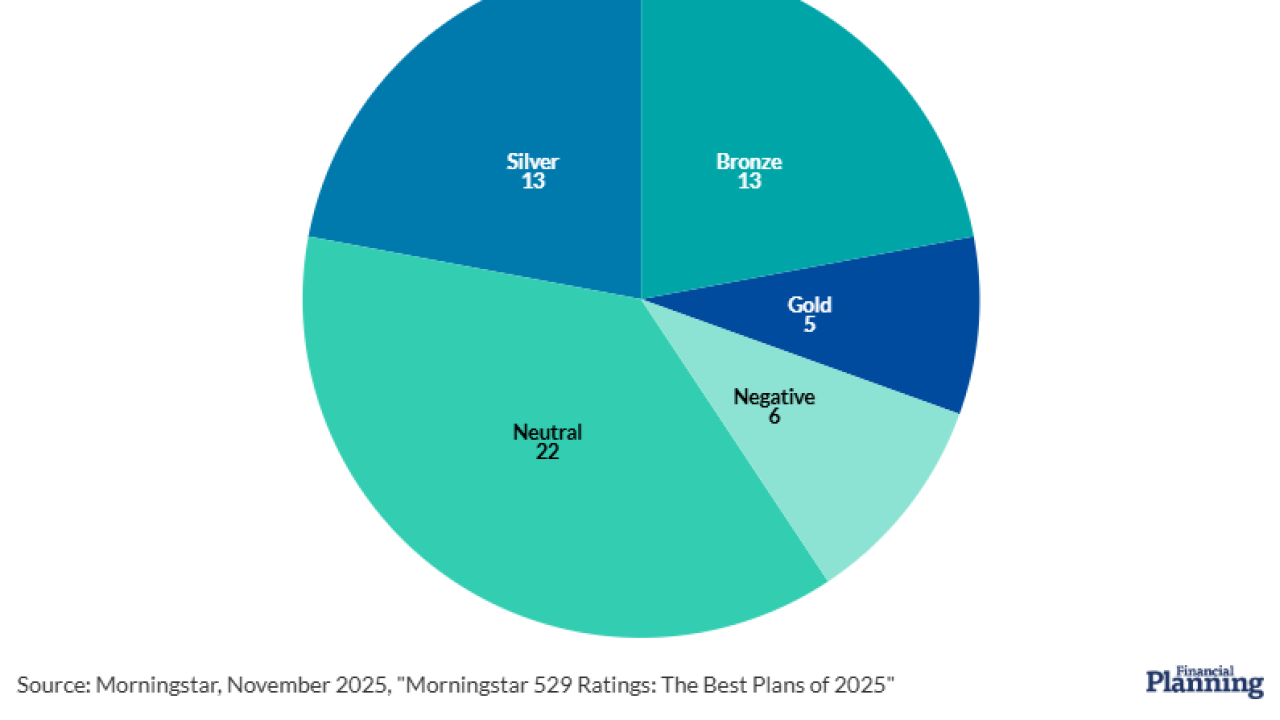Roth IRAs can be an excellent source of retirement income.
After the account has been in place for five years and the owner is at least age 59 1/2, all distributions avoid income tax. That is true regardless of the client's income or what future tax laws might bring.
Thus, tax-efficient ways to build up Roth IRAs may appeal to many clients. Two such paths to a Roth IRA buildup received support from IRS last year.
GIVING NOTICE
"In Notice 2014-54, the IRS reversed its previous IRS stance," says Natalie Choate, an attorney with the Boston law firm Nutter McClennen & Fish.
"This notice explained how participants in an employer's qualified retirement plan can distribute after-tax money to a Roth IRA, without owing any income tax," she says. "It's a great new opportunity."
To see how this could work, suppose that a client has $500,000 in his company's 401(k) plan, including $80,000 of after-tax contributions.
When he retires, he can send his $80,000 of after-tax money to a Roth IRA, tax-free. At the same time, he can roll his $420,000 of pre-tax dollars from his 401(k) to a traditional IRA, maintaining the tax deferral.
"My partners and I have seen such situations where clients have after-tax money in their 401(k)s and similar plans," says Rich Moran, senior financial advisor at Moran Heising & McElravey, an investment management and financial planning firm in Torrance, Calif. "However, we've only had one case where the amount involved has warranted setting up a Roth IRA."
If a client has a very small amount of after-tax dollars in the plan and wants income, it can be simpler to take those dollars for spending money and thus delay starting traditional IRA distributions, Moran says.
A DIFFERENT DIRECTION
Besides Notice 2014-54, the IRS also issued Revenue Ruling 2014-9 last year. Here the money was flowing the other way, from an IRA to a company retirement plan.
"We have recommended that a client roll the deductible portion of their IRA into their 401(k), leaving the non-deductible dollars in their traditional IRA," says Mark Wilson, chief investment officer at the Tarbox Group, a wealth management firm in Newport Beach, Calif.
He provides the example of a client with $50,000 in a traditional IRA, including $30,000 from non-deductible IRA contributions.
"She works for an employer that allows IRA dollars to be rolled into the company's 401(k) plan, so our client rolled $20,000 into the 401(k) and later converted the remaining $30,000 to a Roth IRA," Wilson says.
"The conversion involved non-deductible funds so there were no taxes due on the conversion. [She had no other IRAs to mess things up]. Everyone was happy," Wilson says.
Not everyone in this situation had such a pleasant experience, though, because many qualified plans didn't accept IRA rollovers. Revenue Ruling 2014-9 spelled out how plan administrators can accept these rollovers, thus making implementation more likely.
Essentially, the individual should have the IRA custodian send a check for the pre-tax amount in the IRA to the qualified plan, and the IRA owner should certify to the plan administrator that the rollover involves only pre-tax dollars. Once the traditional IRA holds only after-tax dollars, the owner can convert to a Roth IRA and owe no income tax.
Donald Jay Korn is a Financial Planning contributing writer in New York. He also writes regularly for On Wall Street.
This story is part of a 30-day series on Social Security and retirement income strategies





